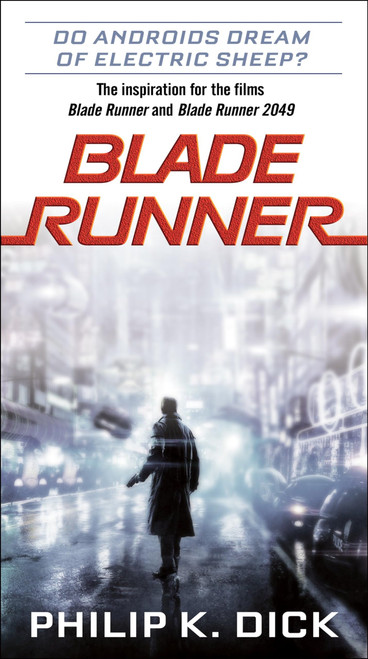It may be the catalogue for an exhibit mounted first at Brown University, but in the way it explores the set designs of films produced in Weimar, Germany, and later, Film Architecture doesn't read like scaffolding to an event long past. Beginning with oddball stuff like The Cabinet of Dr. Caligari whose tilting, dream-curved sets would appeal equally to Virginia Woolf (who praised its visual shorthand for the nervous metropolis) and the Viennese architect Adolf Loos (who saw the possibilities in its plastic city), the book devotes sections to big-look movies like Fritz Lang's Metropolis, King Vidor's The Fountainhead, and Jacques Tati's Playtime. Each film, the authors argue, further explores the psychologically charged spaces that Dr. Caligari first created, and each eventually incorporates the look of actual cities within its urban visions. As much a collection of photographs of film sets as an examination of Expressionist influences on filmic cityscapes from the 1920s to the near-present, Film Architecture is full of information--for example, that the abiding strangeness of Tati's work in Mon Oncle elicited furious responses from members of the architectural profession. (Does this happen outside France?) And that Playtime's singular vision of modernity also, in some respects, shapes a film about building developments in Paris, including the glassy Gare Montparnasse and the infamous Sarcelles in the 'burbs. With reproductions of sketches for sets and glossy images of darkling cities, the book shows over and over that our love of cities is inseparable from the way movies regularly shade them into our unconscious. --Lyall Bush
Film Architecture: From Metropolis to Blade Runner
MSRP:
Was:
Now:
$39.68 - $300.00
(You save
)
- SKU:
- UPC:
- 9783791321639
- Maximum Purchase:
- 3 units
- Binding:
- Paperback
- Publication Date:
- 1999-09-01
- Language:
- english

Philip K Dick
Do Androids Dream of Electric Sheep?: The inspiration for the films Blade Runner and Blade Runner 2049
MSRP:
Was:
Now:
$11.12 - $18.59

New York, a Guide to the Metropolis: Walking Tours of Architecture and History
MSRP:
Was:
Now:
$22.54 - $300.00

Future Noir, The Making of Blade Runner
MSRP:
Was:
Now:
$12.02 - $300.00

Metropolis
MSRP:
Was:
Now:
$79.72 - $94.50

Metropolis: A Novel
MSRP:
Was:
Now:
$13.15 - $17.54

Chicago: Growth of a Metropolis
MSRP:
Was:
Now:
$29.06 - $154.83

Dey Street Books
Future Noir Revised & Updated Edition: The Making of Blade Runner
MSRP:
Was:
Now:
$17.52 - $24.92
!



